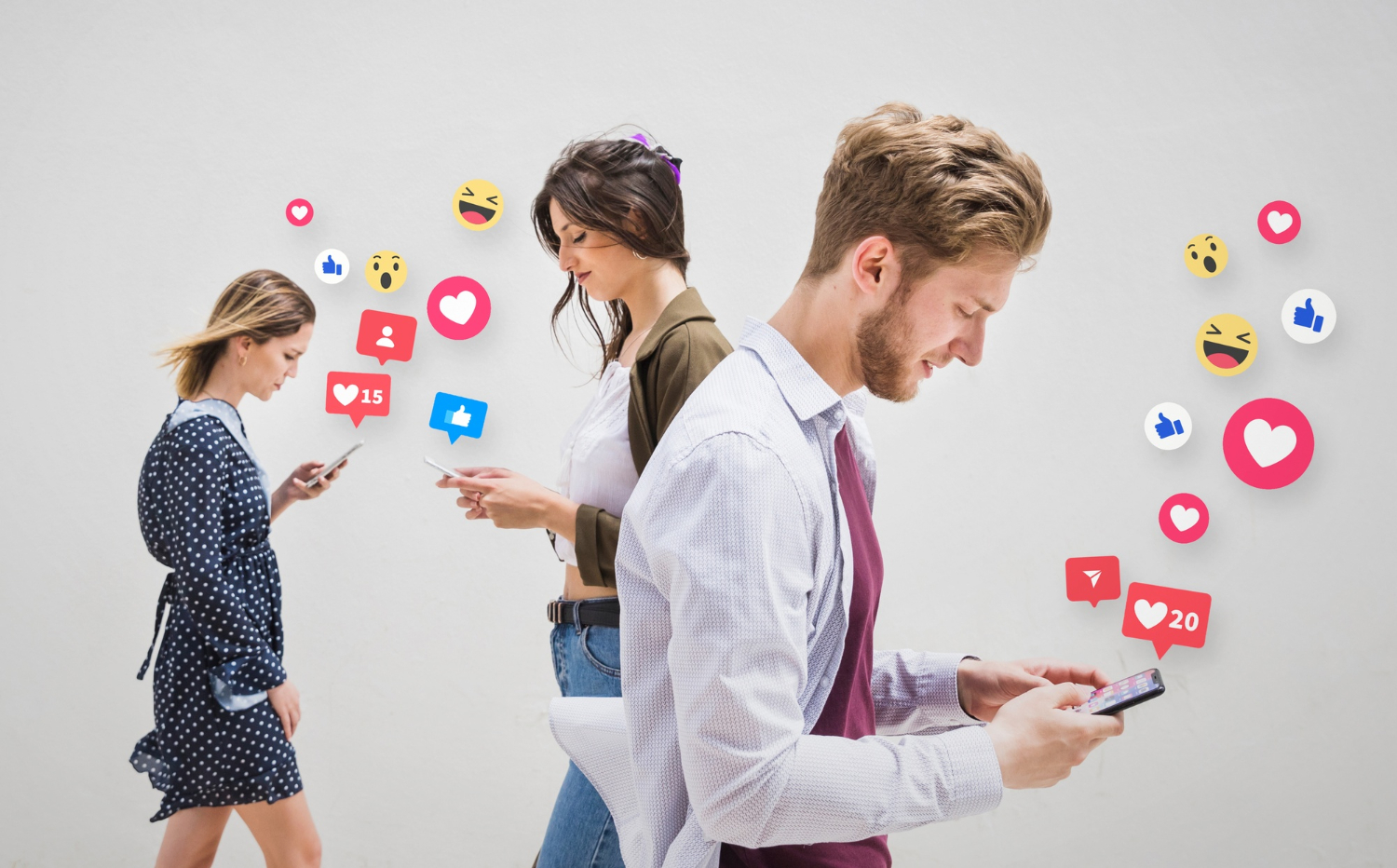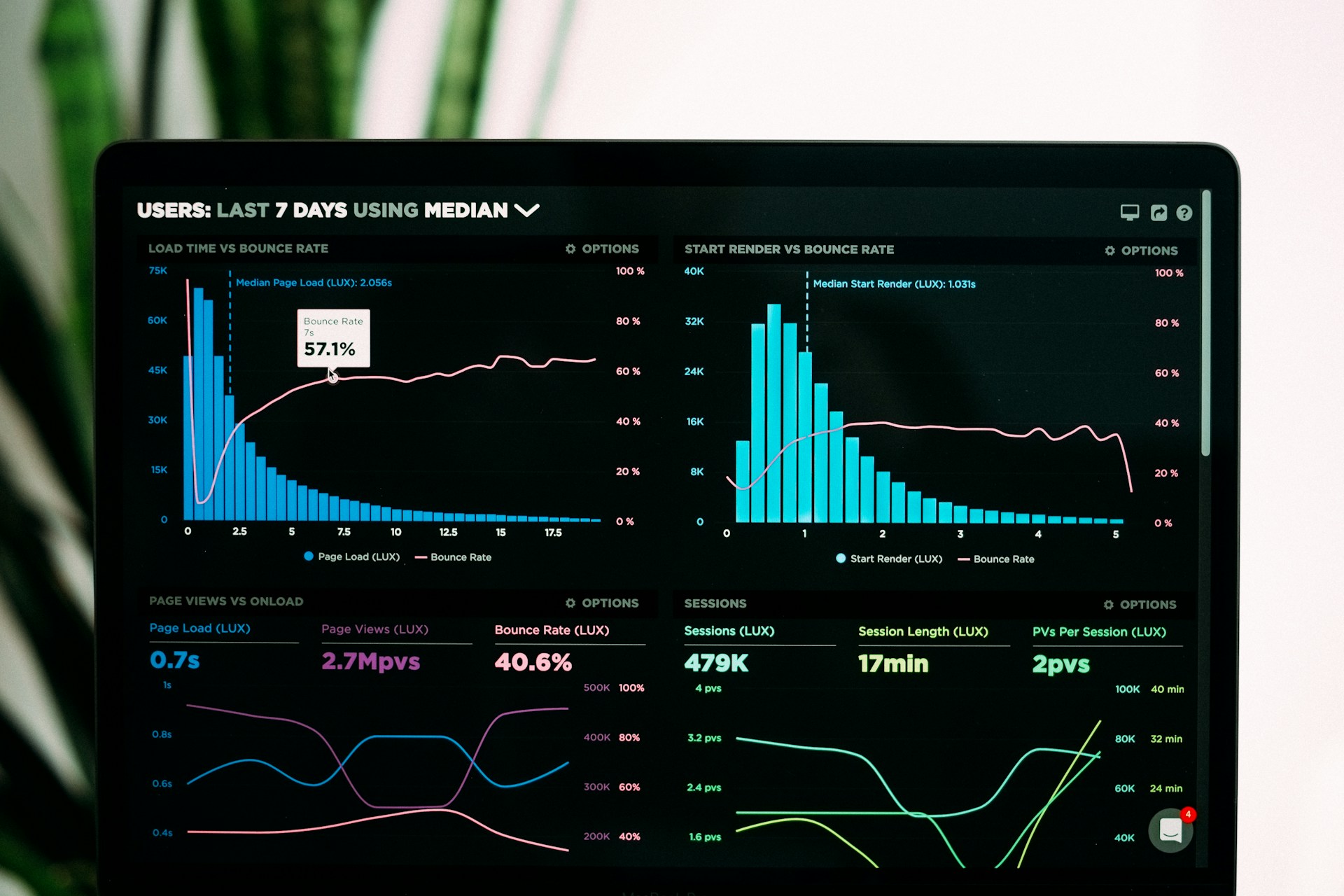· Enterprise AI · 7 min read
Sora's Cameo Won't Last; It Needs a Trend Engine Instead
Sora's cameo clips give it a dazzling launch, but the app needs celebrity fuel and a trend machine to stay mainstream.

Last week was all about Sora app. Everyone talked about it, everyone watched it, and everyone raised their concerns about it.
Let’s set aside the “AI slop machine” and copyright concerns, and discuss only whether the app can break out and become a new social platform, or fall back to a niche app for enthusiasts after the launch burst.
I’ll point out here that if Sora relies on the “cameo” feature (making videos of you and your friends) as its main viral engine, it should expect the second outcome. Then I’ll discuss what Sora could do next to win this game.
Top chart
“Cameo” feature seems like a masterstroke at first sight, as everyone wants to be the center of the story. Rather than watching cute cat videos, now they can watch themselves and their friends doing all kinds of fun and absurd things. And that helped Sora shoot up to #1 on the App Store’s All Apps chart on day one.
However, the top chart is not a reliable signal. It is very sensitive indeed. If you have a heavy download day (around 150k installs), you can jump directly to #1. Second, the top chart is not a good indication of long-lasting demand. Many apps reach the top chart at launch. Examples include DeepSeek early this year; Poparazzi (posting photos of friends) in 2021; Gas (a social media app for teens); and Pokemon GO in 2016. All shot up to the top of the chart quickly, thanks to anticipation and curiosity, but then faded over time, or even shut down (Poparazzi).
“Cameo” did fuel the first burst successfully, but will hamper growth in the next phases. History has shown that.
AI Trends
AI viral trends aren’t unusual lately. Here are three trends from the past few years:
Midjourney In July 2022, the gen-AI boom started with the Midjourney trend, not ChatGPT, which came out in November 2022. People generated all kinds of AI art with it. Then the trend died out and retreated to a niche community.
Avatar AI In late 2022, Lensa AI launched Avatar AI, letting you generate hyper-realistic photos of yourself in medieval armour, a spacesuit, or a business suit. It was a big hit. Lensa amassed $50M in total revenue from the trend and reached a peak of $8M/day. Then the fever faded within a month.
ChatGPT Ghibli The trend started in March 2025, thanks to the new native AI image-generation capability of GPT-4o. It shared the same fate as the two trends above.
Why do trends fade?
Because of 3 reasons:
AI-generated image trends are fun but don’t have much application in daily life for mainstream users. So they are mainly for entertainment. ChatGPT, on the other hand, thrives because its email-writing capability alone is enough to stick.
Posting one image of you in a spacesuit is fun, but if you do that 10 times, it’s kind of weird. When everyone knows it’s AI, the wow factor disappears, and you look out of fashion in your friends’ eyes.
Most mainstream users don’t create content regularly. Creating content uses too much brainpower. They prefer to consume content. They produce content for the first weeks, and when the trend fades, they stop.
So, Sora’s “cameo” direction is not sustainable, as it relies on everyone to create content. The fun and novel part will keep Sora rolling for one or two months, then it will lose steam. OpenAI should plan for another viral engine before then.
So what should Sora do instead? Let’s first look at the users participating in a social media.
Users
Users are divided into 3 groups:
Mainstream users: a. want to have fun; can consume contents for hours b. want to look “in fashion” in the eyes of their friends c. shy away from spending time and energy on making contents
Content creators: a. willing to spend time and energy to create content b. want to build an audience
Celebrities: a. be where their fans are b. are able to set trends due to their huge outreach
We can see that mainstream users are the oxygen. Without them, celebrities and content creators will leave. And mainstream users will only be there if there are interesting contents, or their friends are there. Ideally both.
Immediate boosts
So the ultimate goal is attracting and keeping mainstream users. 2 things OpenAI can do immediately:
- Invite celebrities to be there. That is already enough to pull a great number of mainstream users and keep them there for a while.
- Have an incentive structure to reward content creators, either money or outreach. That keeps them producing contents to entertain mainstream users.
Sorting that out will lay the groundwork for the most important task that will make or break Sora’s ambition: facilitate an endless stream of new trends.
Characteristics of AI trends
AI trends are short-lived, specific, and ideally personalizable. Some examples are making a Lego mock-up of yourself (earlier in 2025), a 3D model of yourself next to a monitor screen, a photo with famous people, and a photo of you holding your younger self (last month, with the rise of Nano Banana). Each of them only lasts a couple of days, while a bigger trend may last a couple of weeks.
A trend is triggered by celebrities, or a large number of content creators, then spreads to mainstream users. Mainstream users can follow the trend, or just consume. Thanks to AI-gen, making a similar one is quite simple: just upload your face and use a premade prompt. That removes both the time and mental effort needed to jump on the trend. The only thing mainstream users need to do is do it in time before the trend wanes, so that they are “in fashion”. “Cameo” plays a complementary role here, but not the main driver.
So an endless number of trends will hit 2 characteristics of mainstream users I mentioned above: (1b) and (1c). In between trends, there are calm periods to avoid overwhelming mainstream users. During that time, they consume fun contents from creators, and hit (1a), keeping them in the app until the next trend.
A trend machine
How to facilitate an endless stream of new trends? Here are things OpenAI should do:
- Surface potential trendy contents early to see if they can become trends.
- Reward content creators that set a trend by increasing outreach of these videos.
- Have a real-time collection/library of current trendy contents to supply ideas for content creators.
- Push trendy content to the mass mainstream users to spread the trend.
- When in a trend, prepare templates of that trend for mainstream users so they can make that trend with a single tap.
- Push trendy “cameo” content created by mainstream users to their friends.
- Remove/reduce AI costs when making trendy contents, or during a trendy period.
The backbone of all the above is to have a good content suggestion algorithm. That is easier said than done, but TikTok did it successfully, so OpenAI at least has someone to learn from.
Conclusion
There should be room for one AI social media. Right now, Meta already enter the ring, and maybe more to come. Meta has great user base and a long track record in social media business. OpenAI instead has better AI. Bytedance hasn’t announce yet but they have both ingredients: a popular social media, and a good AI video model (Seedance) although not yet at the level of Sora 2. So OpenAI has a window of oportunity for them to win. If they fumble, it will be gone and very hard to compete with incumbents after that.



